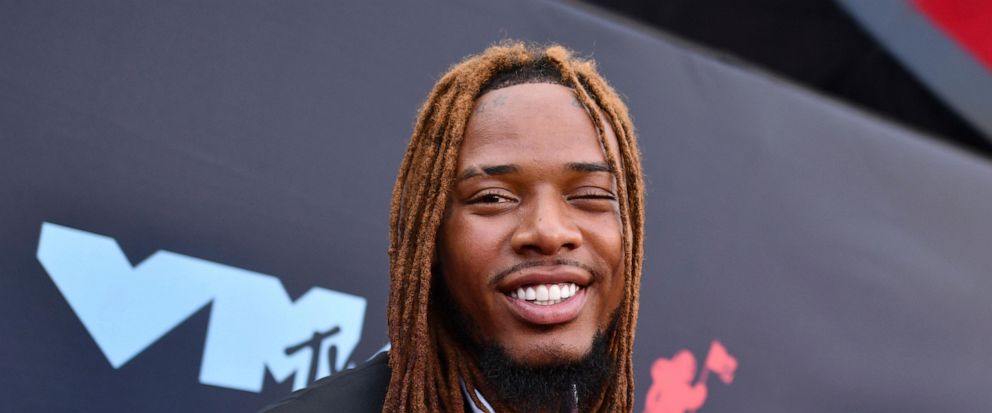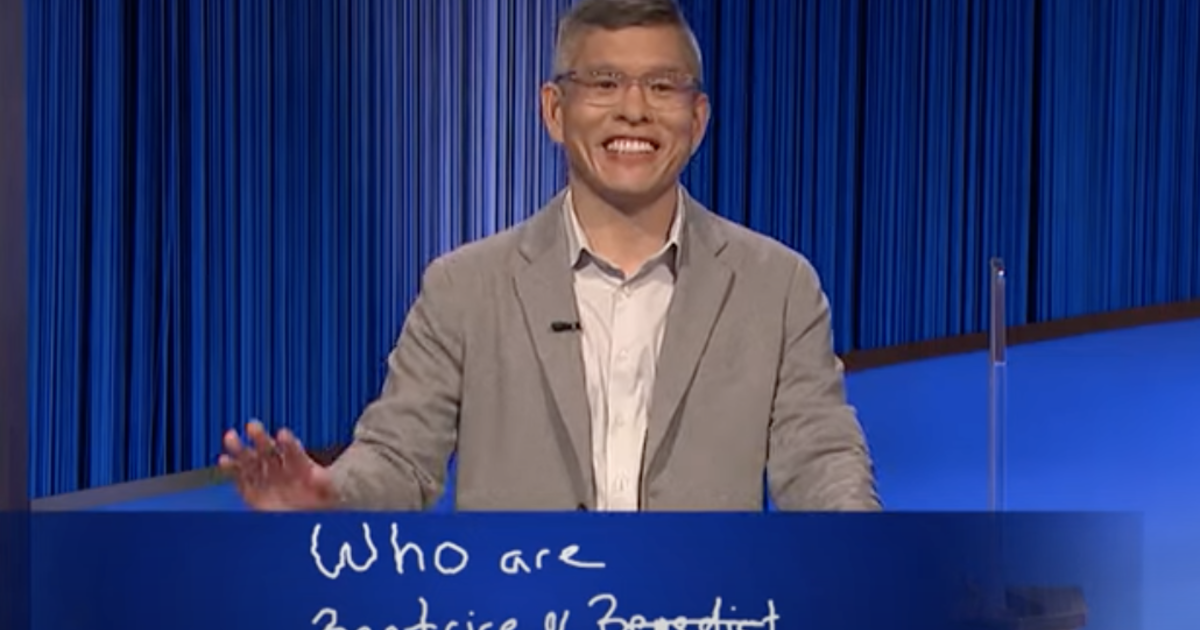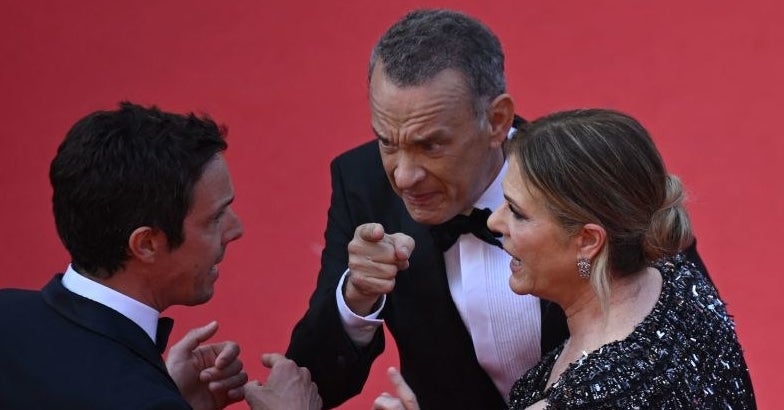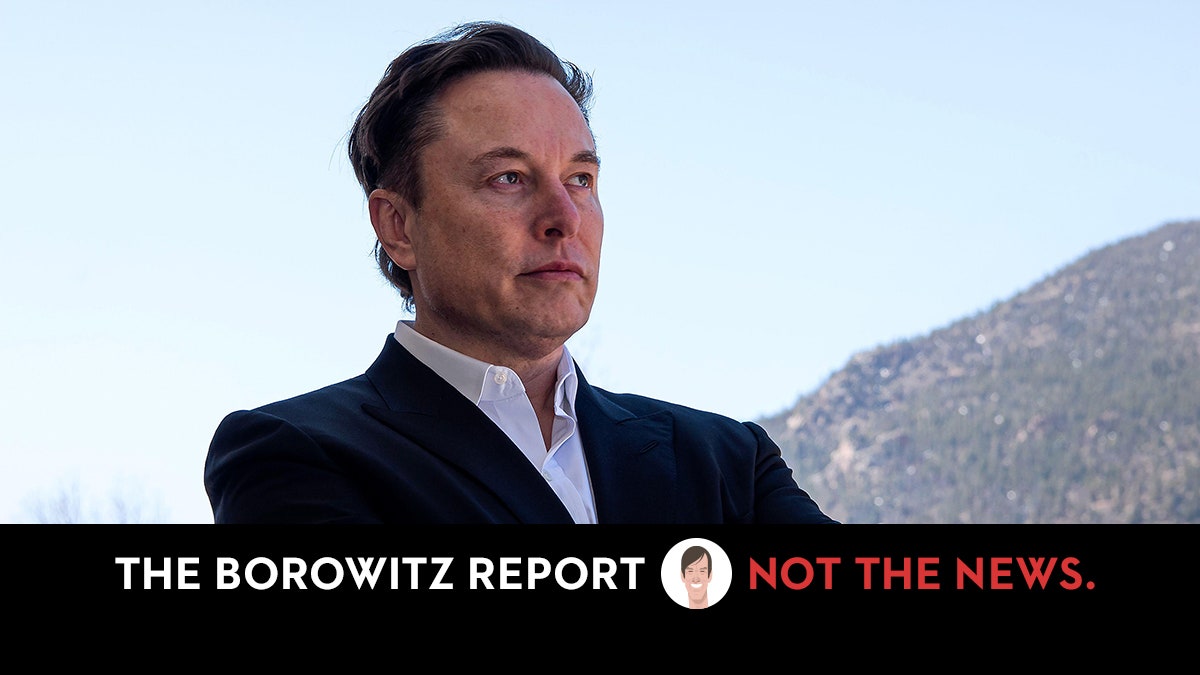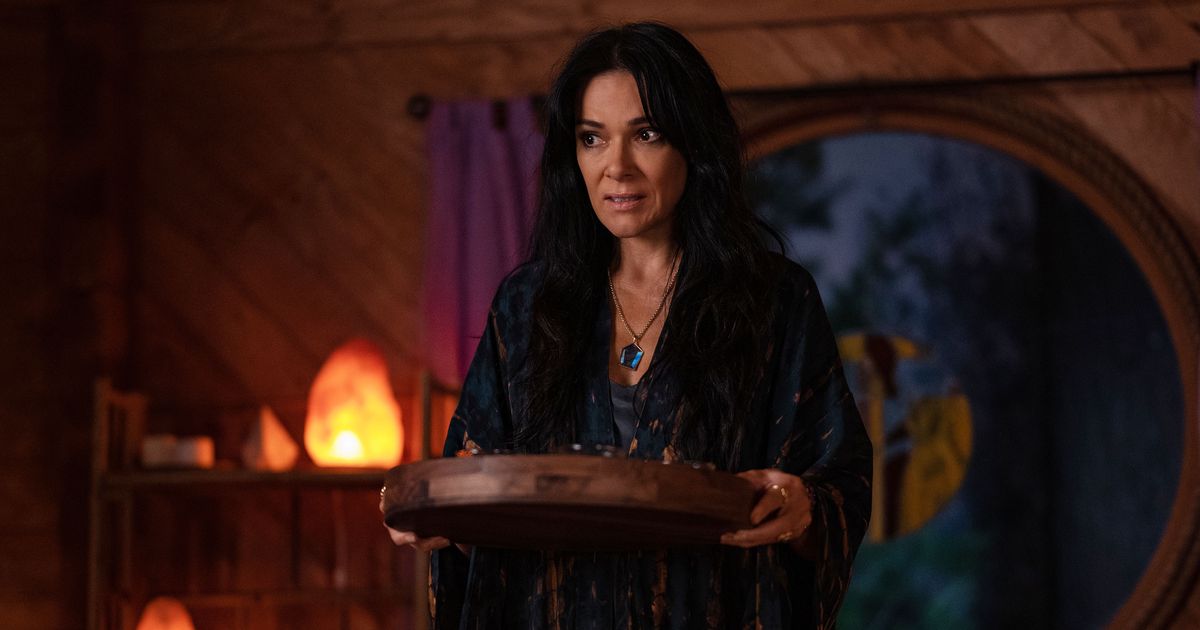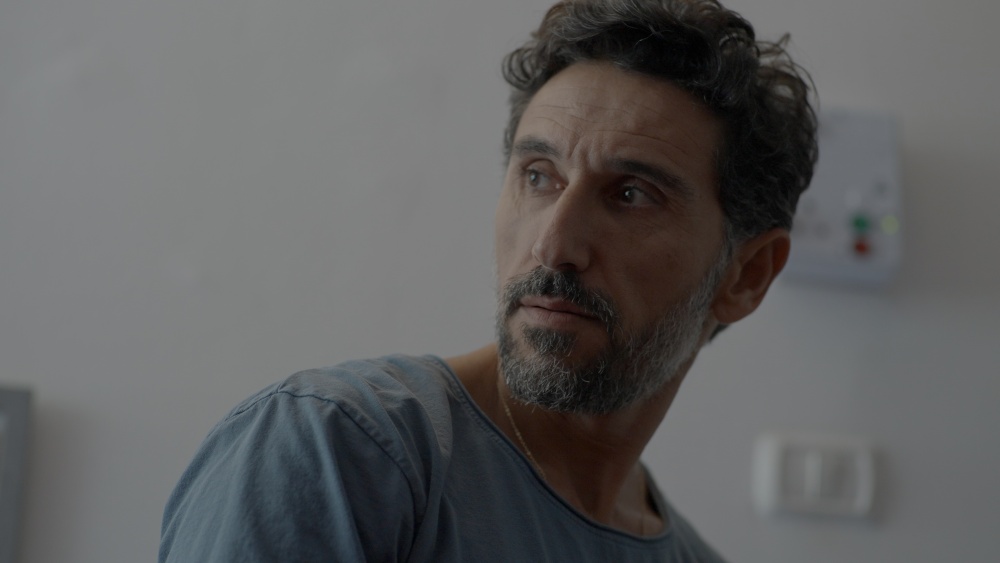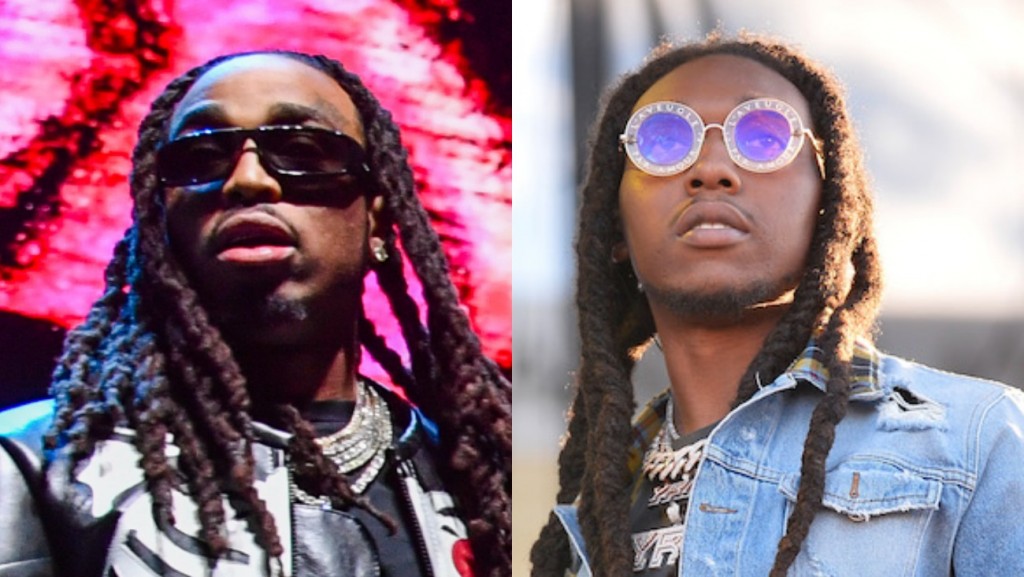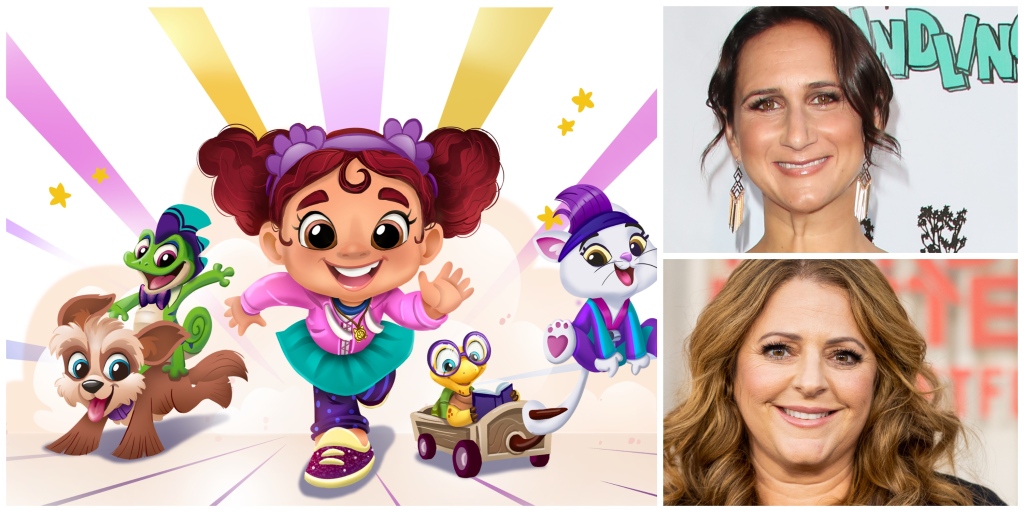The Uneventful Success of King Charles’s Coronation
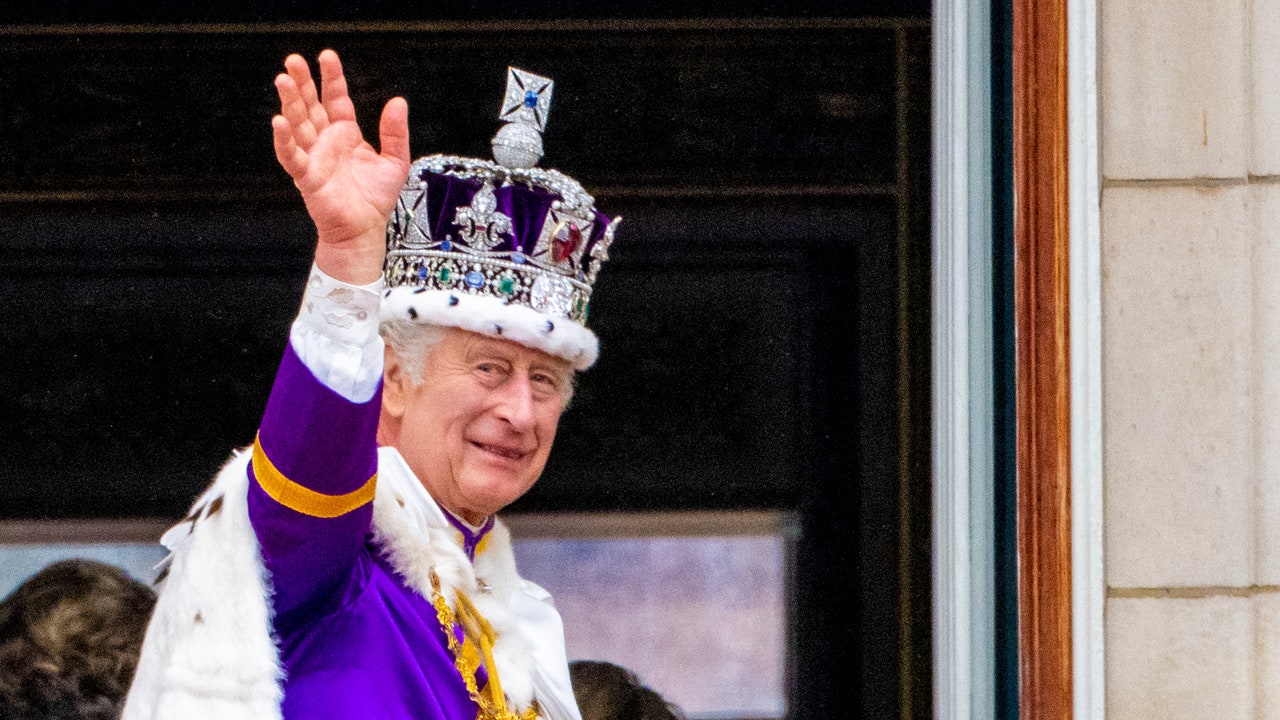
There is another angle, however, in the collection of the Met. There you will find a related painting, from 1810, by Louis Léopold Boilly, which portrays David’s magnificent work hanging in the Louvre, while the public mills about in front of it. One fellow, on the left, has a guidebook, in which he is presumably checking who is who on the wall above him. Here, in other words, is a picture of people looking at a picture of people looking at an Emperor who wants to be looked at. The modern appetite is alive and begging to be sated, and the man with the book is the direct ancestor not only of ourselves, as we gazed upon our TV screens on May 6th, but also of the guests in Westminster Abbey who goggled at Katy Perry, in candy-pink, and asked her for a selfie in the church. Royally gracious, she obliged. Our craving to draw near is nothing new.
How many of us, around the world, watched the coronation of Charles III is, as yet, unclear. Suffice to say that quite a few of us managed to smother any lofty qualms about intruding on the inscrutable. If so, what swiftly became apparent was the careful, almost cunning, preparation with which every detail had been mapped out in advance. This is a prerequisite for military maneuvers, and a comparable precision had been applied to the minutiae of peace. Who, or what, was the highlight of so elaborate an experience will rightly be a matter for debate. Some likely candidates:
1. The King’s kilted equerry, who is so laughably handsome, and who played so central a part in the proceedings, that any passing aliens, beaming into the broadcast, might well have presumed that he, not Charles, was the leader of the pack.
2. Penny Mordaunt, resplendent in gold-sprigged blue, who, in her capacity as Lord President of the Privy Council, spent most of the service bearing a bejewelled sword, perfectly upright, in her nerveless hands. Proceeding the sovereign down the nave on the way out, she, too, was easy to mistake for a royal personage. Alternatively, if Netflix were toying with a reboot of “Xena: Warrior Princess,” and seeking a new star for the title role, the quest is now complete.
3. Princess Charlotte. Yet another candidate for a greater role than fate has assigned to her. Her elder brother, George, will—if the succession goes to plan—become King in due course, maybe many decades from now. But does she, even now, not seem more naturally suited to the part? In the Abbey, George wore a heavy and hunted look, as well he might, whereas she wore Alexander McQueen. (So did her mother, but she, alas, had to drape the white dress in ceremonial robes.) Self-possessed, calm, and, unstunned by the pageantry, Charlotte kept a firm grip on Prince Louis, as you would on a small cocker spaniel. She has the air of someone who has already worked out, at the age of eight, that the best way not to be crushed by life, however grinding its demands, is to enjoy it.
4. The two Camilla look-alikes who, throughout the service, planted themselves obediently behind and beside the Queen, as she underwent a crowning of her own. Were they on hand, as it were, to act as parachutes? Was the King expected to pull an emergency Camilla if his main Camilla failed?
5. The spoon. A tiny item of vast significance, polished to a blinding shine, and deployed in the anointing. It is the only such item to have survived the age of Oliver Cromwell, under whose auspices much of the royal paraphernalia was destroyed and, as such, a tangible caution to anyone who is blithely confident that the British Royal Family will never falter or fizzle.
6. Rouge Dragon. Not, as you can be forgiven for thinking, a bold new shade of lipstick from Yves Saint Laurent. Rather, one of the pursuivants of arms who formed part of the stately procession in the Abbey. Inheritors of a venerable heraldic tradition, they are easily recognized, bearing a strong resemblance to three-dimensional playing cards. Any temptation to collect the set and use them for a game of gin rummy is punishable as high treason, and should be resisted.
7. The regalia: spurs, sword, armills (better known as bracelets), robe, stole, orb, ring, glove, scepter, and rod. Your basic, everyday royal gear, topped off with a crown. To many eyes, the stole stole the show. Each object was presented to the King by a figure of note from a sector of the British community—the ring, for instance, by Lord Patel, a former social worker and ex-chair of the Mental Health Act Commission.
8. In a similar vein, the presence of Ephraim Mirvis, who is chief rabbi of the United Hebrew Congregations of Great Britain and the Commonwealth. For the event, he and his wife were invited to stay at St. James’s Palace, within walking distance of Westminster Abbey, so that they would not be required to take any form of transport over Shabbat. He was thus able, as he wrote on his official Web site, to “sing zemirot and chant Havdalah within regal surroundings.” A far cry, as Mirvis pointed out, from 1189, when Jews bringing gifts to the coronation of Richard I were stripped, flogged, and sent on their way. Some thirty Jews were murdered that day.
9. Christopher Finney, who was among those selected to present the King to the people in the Abbey, and to ask them whether they were willing to pay “homage and service.” Finney was an interesting choice: the chair of the Victoria Cross and George Cross Association, the body that represents the rare souls who have been awarded the highest decorations for valor. (The medals are often bestowed posthumously.) The George Cross is given to someone who has shown great courage while not under enemy fire. Finney was under fire, in Iraq, in 2003, when he went to the rescue of comrades trapped in burning vehicles, but the fire was friendly. It came from American aircraft.
10. Four thousand troops, arrayed in the gardens behind Buckingham Palace, doffing their headgear in unison, as the newly crowned King appeared before them, and giving three cheers. Any fear that the walls of the palace, like those of Jericho, might be felled by the sheer force of the exclamation proved to be groundless. The most stirring spectacle of the day.
There was one big problem with the coronation. Like the rain, it was nobody’s fault. In fact, it may be a permanent occupational hazard of any monarchy. The problem is that May 6th came in the long wake of the funeral of Queen Elizabeth II, on September 19th last year. Both happenings were stage-managed to the inch, down to the glitter of the last spur, and both passed off with uninterrupted aplomb. But the first was shrouded in a seriousness that the second could not match, and, what is more—in Britain, at any rate—it was as if the nation had already expended its store of emotional energy in the act of lamentation and lacked the fresh impulse to rejoice.
Also, to be blunt, we all go to funerals, and await our own. Despite the panoply of state, the Queen was laid to rest with words and deeds that are used every week, up and down the land. Her end, in that respect, was a familiar one, and something of a comfort, whereas the coronation—the like of which most of us had never seen before—was a royal peculiar, so to speak, and a discomfort zone for all involved. Peak peculiarity was achieved when the King was re-vested, after his brief sojourn in the shirt, with the supertunica, which sounds like something that Clark Kent keeps in the closet, to wear with his supertights, for when he feels chilly on the job. Prince William, envisioning the future, will have needed a stiff drink.
And what of Charles? He seemed grave, touched with melancholy, and purposeful, as befits anyone who has waited seventy years to fulfill that purpose. As even his most ardent detractors will concede, such an imponderable waiting in the wings is not the kindest of destinies, whatever the trappings that adorn it. Charles has always relished acting, and it may be that the prospect of collective performance, at once well drilled and intensely felt, has been a salve for loneliness. Never have I seen him more at ease than at the Royal Shakespeare Company, in a merry skit of 2016, when he walked onstage to join a troupe of Hamlets, among them Benedict Cumberbatch, Ian McKellen, and Judi Dench (very dashing in the dark garb of Hamletry, complete with ruff and skull). They all had a crack at “To be or not to be, that is the question,” each emphasizing a particular word in turn. Charles had the task of crowning the gag, and, to be fair, he aced it—bidding the audience be still, and then, gently but firmly, laying the stress on “the question.” He left the stage among his fellow-players, smilingly content in the world of make-believe. Now the pensive prince is a king, for real, although it’s not a reality that many of us would recognize. And he still looks like a man in search of the answer. ♦
